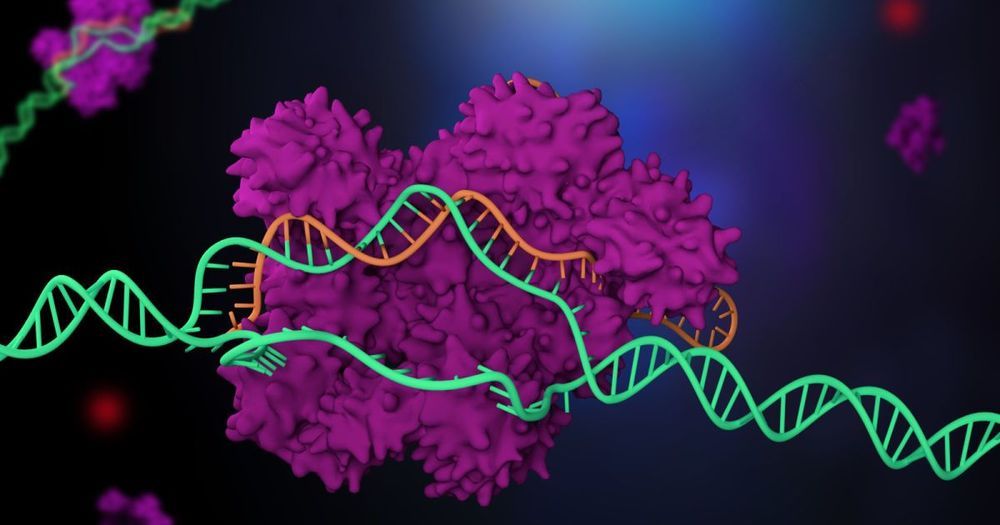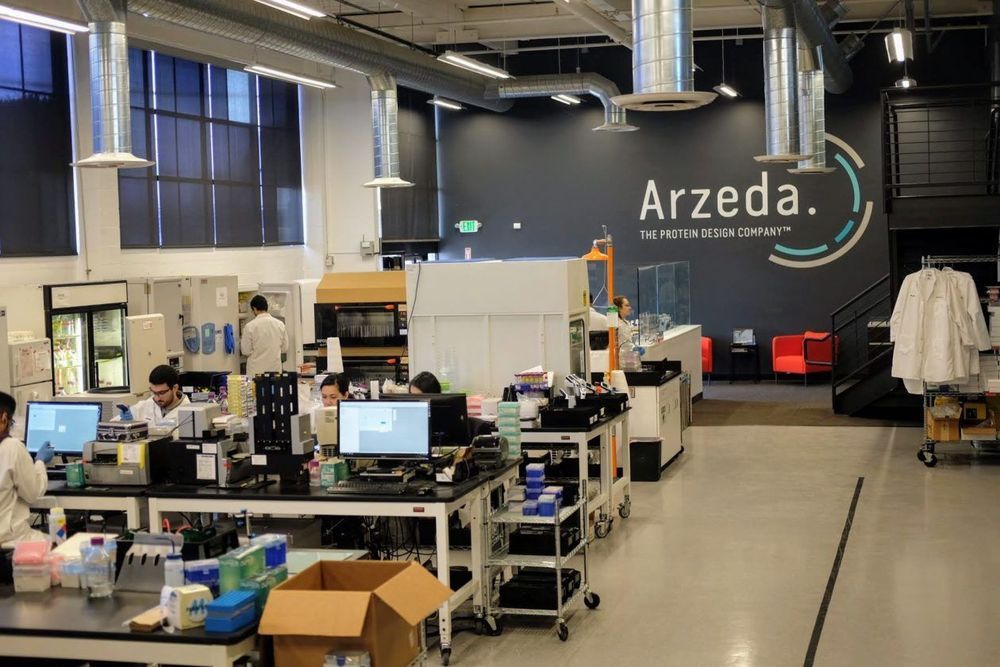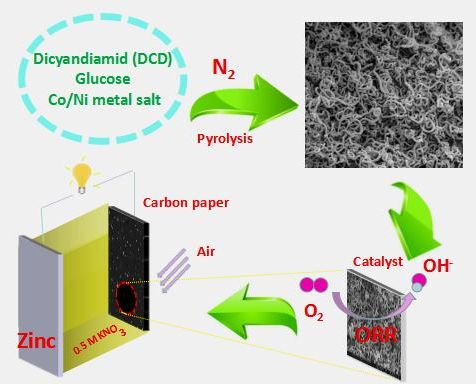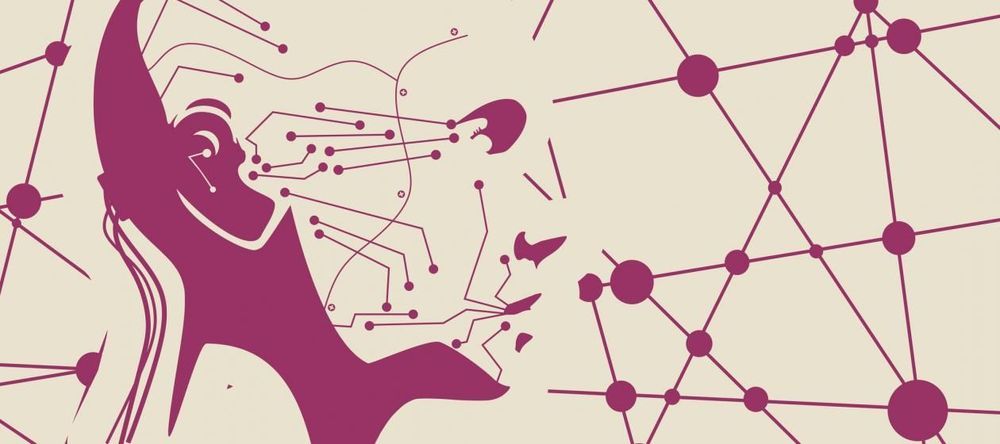Archive for the ‘bioengineering’ category: Page 143
Apr 17, 2019
A biosynthetic dual-core cell computer
Posted by Montie Adkins in categories: bioengineering, biotech/medical, computing
ETH researchers have integrated two CRISPR-Cas9-based core processors into human cells. This represents a huge step towards creating powerful biocomputers.
Controlling gene expression through gene switches based on a model borrowed from the digital world has long been one of the primary objectives of synthetic biology. The digital technique uses what are known as logic gates to process input signals, creating circuits where, for example, output signal C is produced only when input signals A and B are simultaneously present.
To date, biotechnologists had attempted to build such digital circuits with the help of protein gene switches in cells. However, these had some serious disadvantages: they were not very flexible, could accept only simple programming, and were capable of processing just one input at a time, such as a specific metabolic molecule. More complex computational processes in cells are thus possible only under certain conditions, are unreliable, and frequently fail.
Apr 16, 2019
Inside Arzeda’s synthetic biology lab, where industrial ingredients are brewed like beer
Posted by Klaus Baldauf in categories: bioengineering, biological, chemistry
Alexandre Zanghellini can’t help but think about what makes up the world around him. Sitting in a conference room, Zanghellini considered the paint on the walls, the table, the window shades, the plastic chairs. It’s all oil.
“The entire world is made from oil. We just don’t realize it,” he said.
Zanghellini’s job, as the CEO of Seattle-based synthetic biology company Arzeda, is to reconsider how we make the basic molecules that go into anything and everything in the human world. And he has a bias for processes that use living organisms. “The tools of biology, proteins, are better at doing chemistry than chemists,” he said.
Apr 15, 2019
Bioethicists Concerned over Japan’s Chimera Embryo Regulations
Posted by Carse Peel in categories: bioengineering, ethics
Many researchers see the move to relax the rules as a welcome change, yet some are worried the revisions don’t take public concerns enough into consideration.
Apr 13, 2019
How to biohack your cells to fight cancer — Greg Foot
Posted by Paul Battista in categories: bioengineering, biotech/medical, genetics
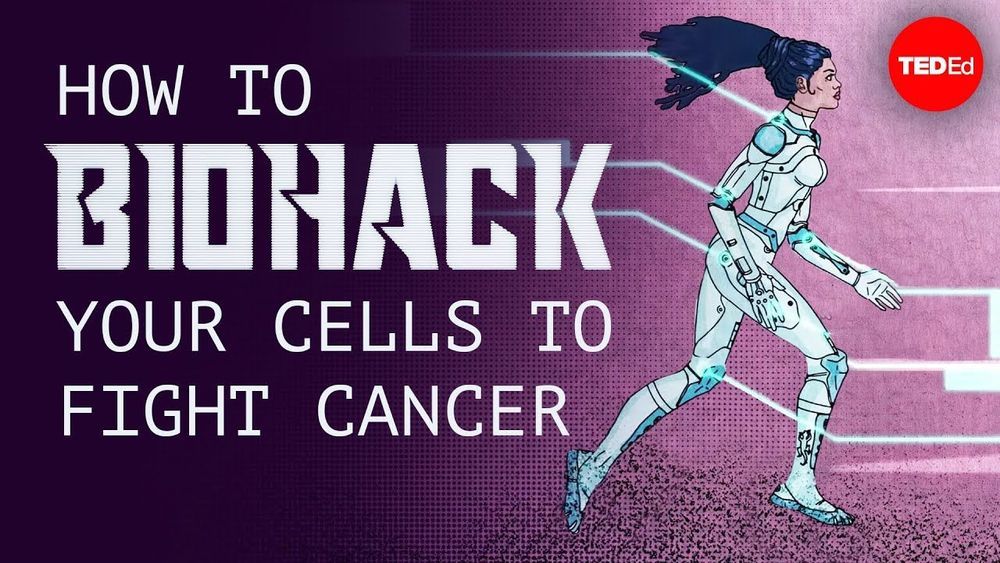
Check out the science of biohacking, where biologists go into a patient’s genetic code and reprogram their immune system to recognize and fight cancer cells.
-
Continue reading “How to biohack your cells to fight cancer — Greg Foot” »
Apr 13, 2019
Neutral Zinc-air battery with cathode NiCo/C-N shows outstanding performance
Posted by Genevieve Klien in categories: bioengineering, energy, sustainability
In a paper to be published in the forthcoming issue in NANO, a team of researchers from the School of Chemistry and Chemical Engineering at Hunan University of Science and Technology have proposed a novel strategy for the synthesis of non-precious metal catalysts in zinc-air batteries that do not compromise its electroactivity, affordability and stability.
As a green and sustainable energy generator, zinc-air battery has attracted great attention from researchers due to its high specific energy, high current density, low cost, and environmental friendliness. Yet it is not without its drawbacks. The slow oxygen reduction reaction (ORR) of its cathode has become an obstacle to its commercial application. One possible solution is to use platinum (Pt) and Pt-based catalysts, but its high cost and scarce availability make it less ideal. In addition, alkaline KOH (or NaOH) is generally used as the electrolyte, but it leads to the generation of carbonates (CO32-) due to the dissolution of CO2 in the electrolyte as well as the spontaneous corrosion of the anodic zinc in strong alkaline media. This has the effect of slowing down the ionic conductivity of the electrolyte and battery life. Therefore, a neutral electrolyte should be used instead.
Apr 13, 2019
Transhumanism Becoming the ‘Relentless Drumbeat’ Shaping Our Future
Posted by Derick Lee in categories: bioengineering, cryptocurrencies, economics, geopolitics, security, surveillance, transhumanism
Following recent trends in state-of-the-art developments, from cryptocurrencies and universal basic income to biohacking and the surveillance state, transhumanism has been moved into the limelight of political discourse to reshape humanity’s future.
Andrew Vladimirov, Information security specialist, biohacker and one of the original members of the Transhumanist Party UK, spoke in-depth with Sputnik about the rise of transhumanism and its implications.
Apr 10, 2019
Inflatable space robots with integrated dielectric elastomer transducers (DETs)
Posted by Quinn Sena in categories: bioengineering, robotics/AI, space
Researchers at the Auckland Bioengineering Institute and Technische Universit\xE4t Dresden have recently designed a new type of inflatable robot for space navigation. These robots, presented in a paper published in SPIE Digital Library, were created using dielectric elastomer transducers (DETs), which are essentially electrical capacitors made from soft rubbery materials.
“Current space technology is limited by its mass and volume. It takes thousands of dollars to launch even a single kilogram into orbit,” Joseph Ashby, one of the researchers who carried out the study, told TechXplore. “Our research aims to replace or augment current technology with lighter smart-material replacements combined with inflatable structures.”
If they are integrated with inflatable structures, DETs could aid the development of soft and low-mass robots, which have high packaging efficiency and are easy to deploy. In fact, DETs deform when a voltage is applied to them, due to the Maxwell stress generated by the electric field.
Continue reading “Inflatable space robots with integrated dielectric elastomer transducers (DETs)” »
Apr 10, 2019
Program: We are happy to announce Dr. Ruby Yanru Chen-Tsai, Co-founder and Chief Scientific Officer at Applied StemCell, Inc. as a speaker for the 2019 Undoing Aging Conference
Posted by Michael Greve in categories: bioengineering, biotech/medical, genetics, life extension
“Ruby, along with her company Applied Stem Cell, is one of the world’s most respected experts in gene editing. We are delighted to be working with her on our ambitious project to transform the potential of somatic gene therapy, in terms of both its safety from creating unwanted mutations and its efficacy in delivering large amounts of DNA, which is founded on some pioneering work at Stanford in which she was also heavily involved.” says Aubrey de Grey.
https://www.undoing-aging.org/news/dr-ruby-yanru-chen-tsai-t…b5IQ0dQ64s
#undoingaging #sens #foreverhealthy
Apr 5, 2019
Can human mortality be hacked?
Posted by Paul Battista in categories: bioengineering, biotech/medical, life extension, nanotechnology, robotics/AI, transhumanism
A fringe group of scientists and tech moguls think they’re closing in on the fountain of youth. Here’s everything you need to know:
What is biohacking? Silicon Valley is built on the idea that technology can optimize, or “hack,” any aspect of our lives — so why not the human life span? Until recently, anyone hawking pills or treatments that promised to restore youthfulness was considered a quack, yet a growing number of “transhumanists” are convinced that, in time, human beings can be transformed through bioengineering, and that aging will be curable just like any other malady.
In light of rapid gains in gene editing, nanotechnology, and robotics, some futurists expect this generation’s biohackers to double their life spans. Aubrey de Grey, a regenerative medicine researcher backed by tech mogul Peter Thiel, insists that someone alive today will live to be 1,000. “It’s extraordinary to me that it’s such an incendiary claim,” de Grey says. Korean physician and financier Joon Yun has offered two $500,000 prizes to anyone who can restore a test animal’s youthful heart rate and extend its lifespan by 50 percent. For humans, the mortality rate at age 20 is 0.001 percent, Yun figures, “so if you could maintain the homeostatic capacity of that age throughout your life, your average life span would be 1,000.”
